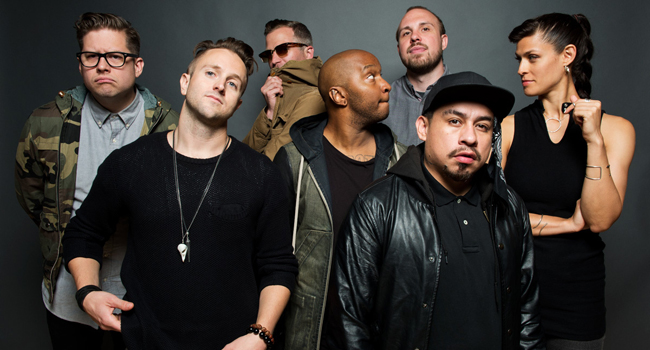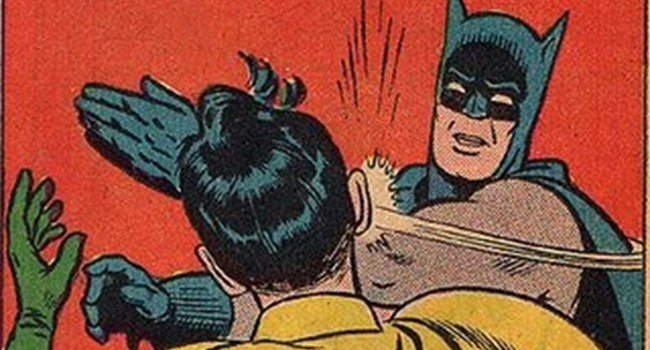Leave it to NPR to inadvertently spark an internet-wide debate. This time it was blogger, pianist and composer Kurt Ellenberger writing for its jazz site A Blog Supreme. The article, ambivalently called “It Can’t Be Done,” touched on the struggles of building a jazz audience among increasingly apathetic generations. Despite the title, the piece wasn’t total conceit. His end proposal was something like a “separation of church and state,” proposing that jazz and otherwise struggling musicians should work a dayjob for money and do their art for love. By this method, Ellenberger claimed, you will “keep your music pure.”
The post prompted dozens of essay-length comments, several counter-posts on other blogs and even a satire, prompting A Blog Supreme to post a response—to the responses. Everyone from professors to wedding singers to jazz moms weighed in and most, to put it mildly, were not pleased. While all parties acknowledged that jazz is no longer a part of popular culture or even a dominant force, there was no consensus on how (or even if) to preserve it. Education? Proven only to produce more musicians. Public arts funding? Makes artists complacent, putting them totally out of touch with their audience’s needs. Absorption into other, culturally relevant genres? Already happening and what’s it got to show—pop sensibility? Some working musicians claimed their dayjob has had the inverse effect—they come home only to collapse. And of course there’s the age-old gripe, “There’s no going back to a pre-Internet music era,” so how can anyone make money from it?
Kotaku writer and fellow jazzer Kirk Hamilton mentioned in his counterpoint that even a Grammy winner like Esperanza Spalding, as “jazzy” as she may be, has only a handful of songs that are the straight-ahead definition.
All parties seemed to agree, making money from music is possible—the question is one of artistic integrity. Is the music you play jazz or background ambience for a hotel lobby?
Many “gigging” musicians saw no problem playing “Misty” twice a night at casuals—far preferable to a desk job—while others couldn’t stomach it, preferring any job so long as they could make music on their own terms.
The dust hasn’t quite settled—but the argument’s relevancy is apparent for all genres. According to Ellenberger, “We’re asking people to commit to an art form that will tax (and probably frustrate) their capabilities, before, hopefully, delivering a heightened aesthetic experience.” He himself had no illusions as to how unpopular his argument would be with the community, calling the remedy, “a Herculean task.”
Two years ago New Yorker music critic Alex Ross published a chart called “The Fatal X,” a generational graph on the audiences of classical music concerts. The chart displayed a trend that every generation, save “X” showed an upswing in attendance circa the age of 40, a fate that Ellenberger likens to jazz. As far as anyone knows, the trend continues. But this isn’t by any means a new sentiment. People have been convinced jazz is on the brink of extinction for at least 70 years; Miles Davis famously proclaiming it dead in 1975.
The dialogue continues but the problems it presents are ongoing. Can culturally defunct genres like classical and jazz be made relevant again? Is it possible to build an audience? Now that making money from music (especially artistically demanding music) is a slim prospect—what’s to be done? The answer is inseparable from the trajectory of the music industry itself.



